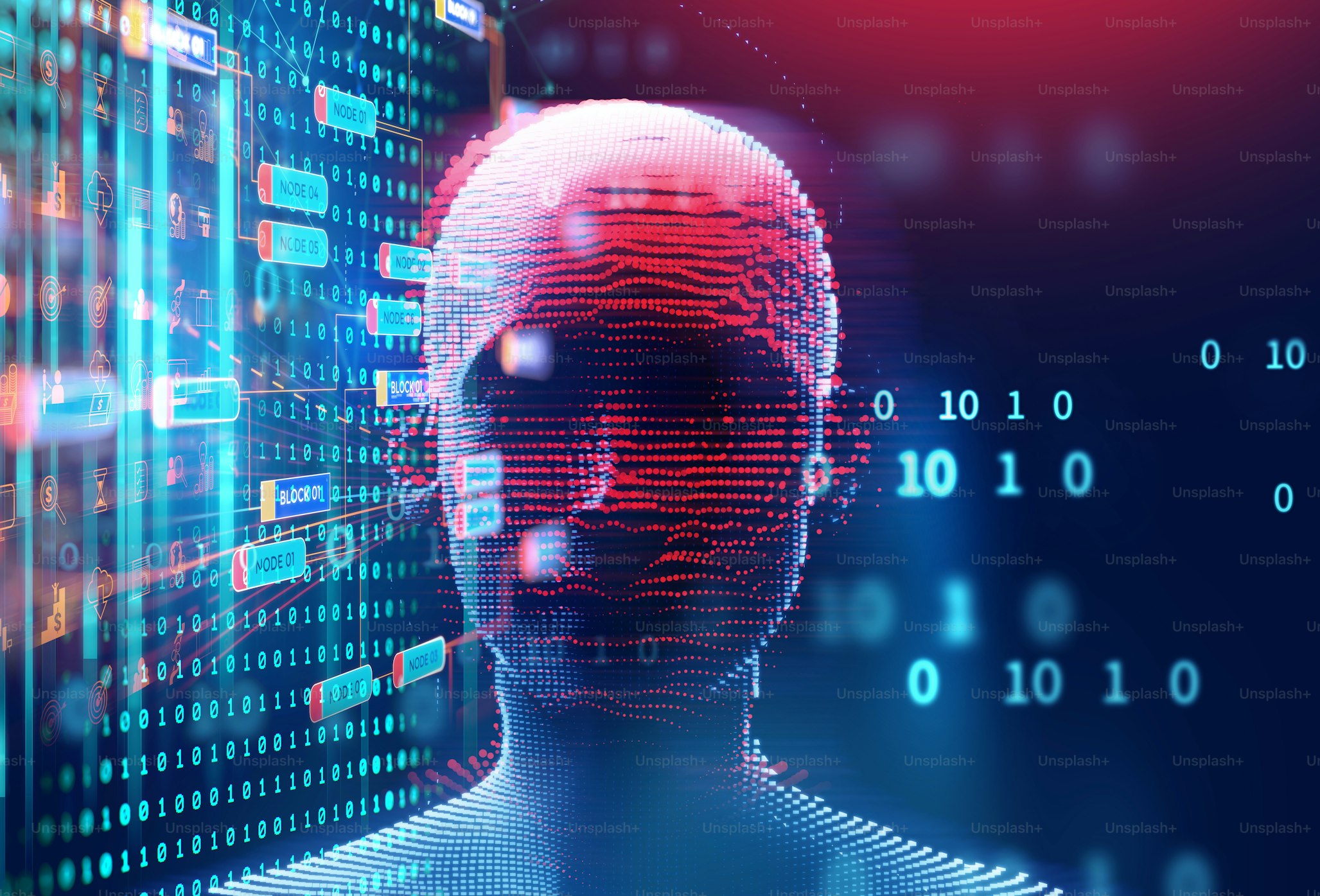
Understanding Computer Vision Development
Computer vision development is a field of artificial intelligence (AI) that enables computers and machines to interpret and understand visual information from the world, much like humans do with their eyes and brains. It involves the use of algorithms and deep learning models to analyze, process, and make sense of images and videos, allowing machines to perceive and respond to their environment. In this guide, we'll delve into the intricacies of computer vision development and how it works.
How Computer Vision Works
1. Image Acquisition:
The process begins with image acquisition, where cameras or sensors capture visual data from the real world. This can involve traditional cameras, 3D scanners, thermal imaging devices, or even specialized sensors like LiDAR (Light Detection and Ranging) for depth perception.
2. Preprocessing:
Once the images or video frames are captured, preprocessing steps are applied to enhance the quality and prepare the data for analysis. This may include tasks such as noise reduction, image stabilization, and color correction.
3. Feature Extraction:
Computer vision algorithms extract essential features from the images, which serve as the basis for analysis. These features can include edges, corners, textures, shapes, and object key points.
4. Object Detection and Recognition:
One of the core functions of computer vision is object detection and recognition. Deep learning models like convolutional neural networks (CNNs) are trained to identify and locate objects within images or videos. This involves classifying objects into predefined categories.
5. Image Segmentation:
Image segmentation divides an image into meaningful segments or regions, often based on color, texture, or boundaries. This is valuable for tasks like identifying individual objects within a scene.
6. Depth Estimation:
In applications requiring 3D perception, such as robotics or autonomous vehicles, depth estimation techniques like stereo vision or LiDAR data are used to calculate the distance between the camera and objects in the scene.
7. Tracking and Motion Analysis:
Computer vision systems can track the movement and behavior of objects or people within a sequence of frames. This is crucial for applications like surveillance, sports analysis, and robotics.
8. Scene Understanding:
Scene understanding involves interpreting the entire context of an image or video, including the relationships between objects, their spatial arrangement, and the overall scene semantics.
9. Decision Making:
Based on the analysis of visual data, computer vision systems can make decisions or take action. For instance, in autonomous vehicles, computer vision helps in recognizing traffic signs, pedestrians, and obstacles, enabling the vehicle to navigate safely.
10. Feedback Loop:
In many computer vision applications, there is a feedback loop where the system's actions generate additional data, which is then used to refine and improve the overall understanding of the environment.
Applications of Computer Vision
Computer vision development finds applications across various industries, including:
Autonomous Vehicles: Enabling self-driving cars to perceive their surroundings and make real-time driving decisions.
Medical Imaging: Assisting in the diagnosis of medical conditions through the analysis of medical images, such as X-rays and MRI scans.
Retail: Enhancing customer experiences with cashierless stores and inventory management using computer vision.
Security and Surveillance: Identifying suspicious activities, tracking individuals, and enhancing video analytics in security systems.
Agriculture: Monitoring crop health, automating tasks like harvesting, and detecting pests and diseases.
Augmented Reality (AR): Overlapping digital information in the real world, enabling applications like virtual try-ons and immersive gaming.
Manufacturing: Quality control, defect detection, and robotic assembly using computer vision systems.
Healthcare: Assisting in surgery, monitoring patient movements, and analyzing medical images.
Summing Up:
In conclusion, computer vision development is a sophisticated field that empowers machines to interpret visual information from the world around us. Through a series of steps involving image acquisition, preprocessing, feature extraction, and deep learning models, computer vision systems can perform tasks ranging from object detection to scene understanding. Its applications are diverse, impacting industries such as autonomous vehicles, healthcare, retail, and more. As computer vision technology continues to advance, it promises to revolutionize how machines interact with and understand the visual world.